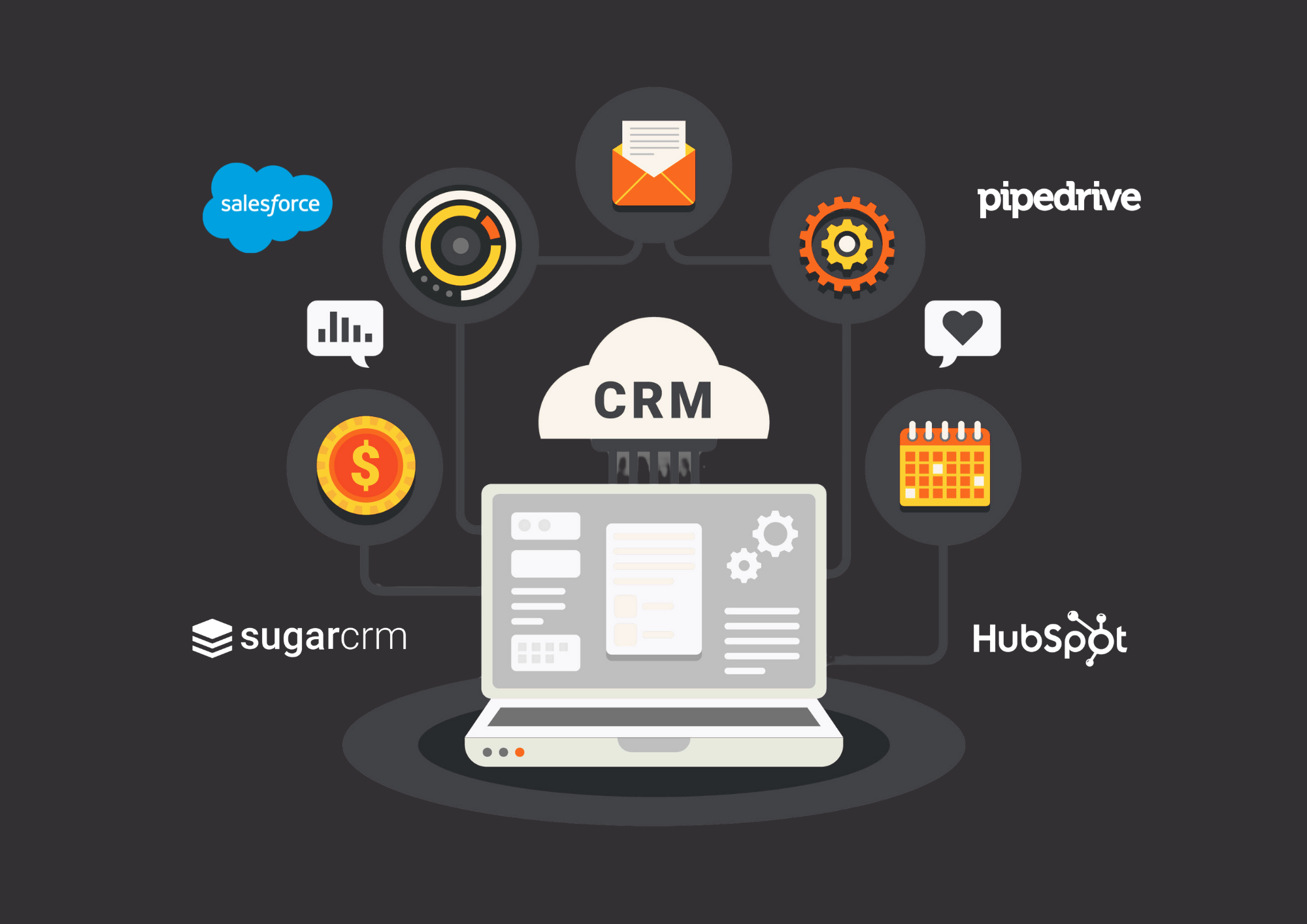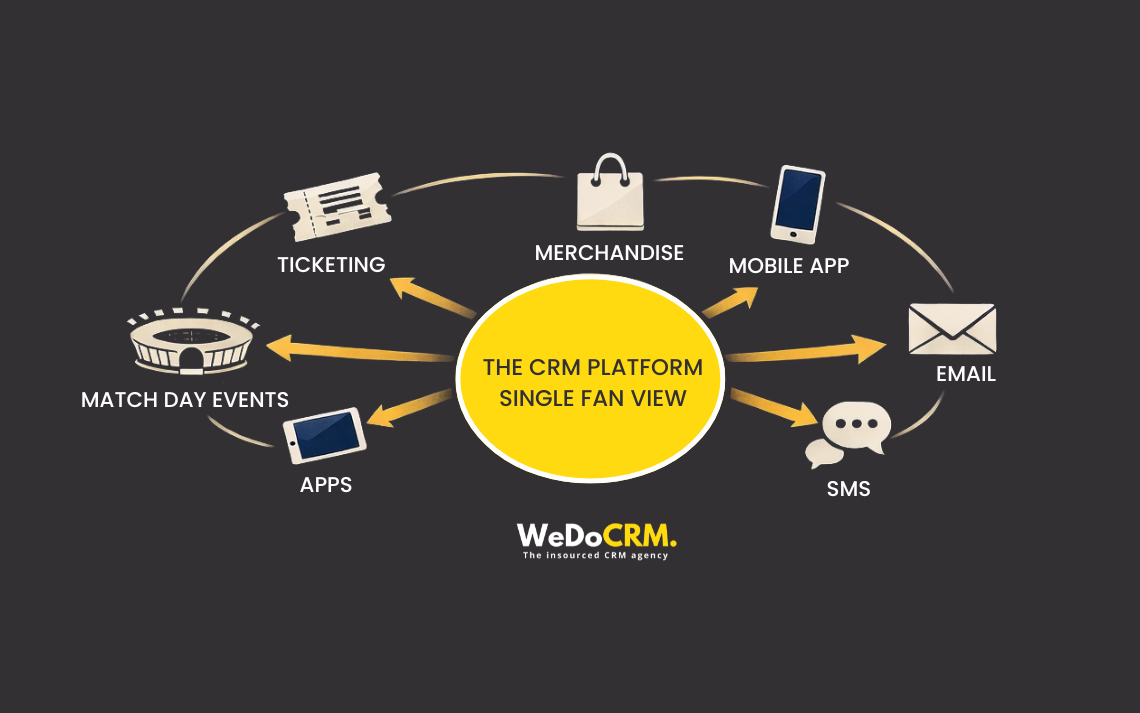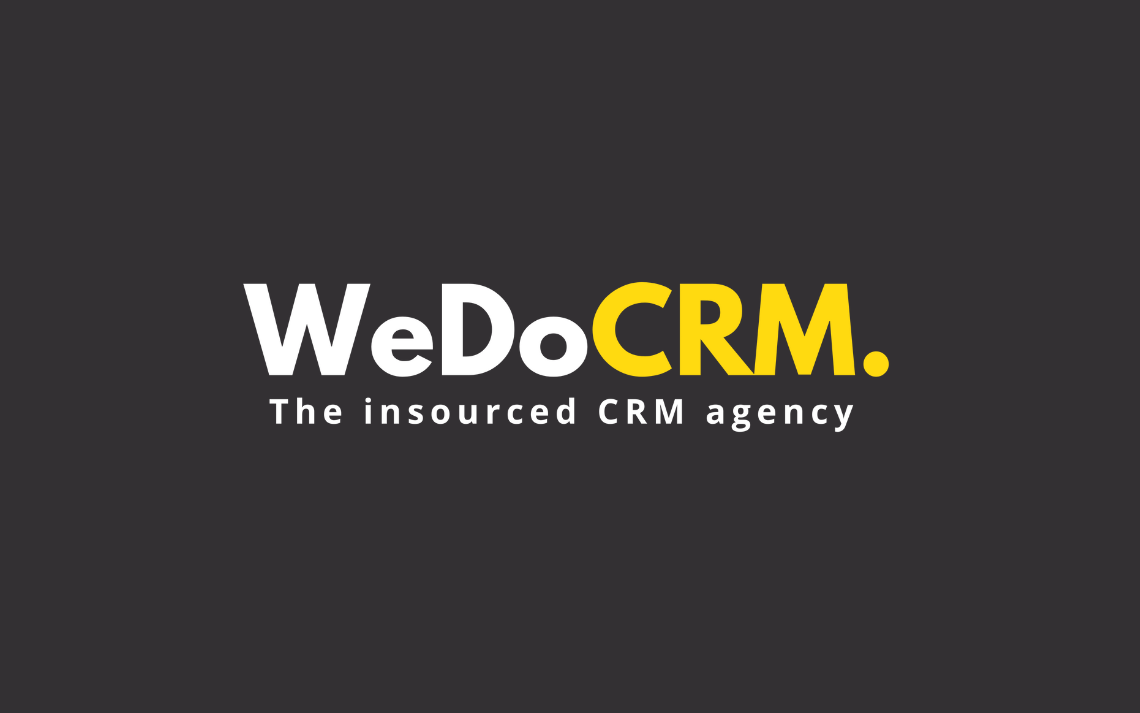So your company has just dropped the M word (migration), and now you’re wondering if you’ll need to learn to code or sacrifice your weekend to the data gods. Moving to a new CRM system can feel overwhelming, especially if you’re not from a technical background. But take a deep breath, put down that stress ball. CRM Migration is not the digital apocalypse it might seem like; it’s not just about the technology, but also about the people, processes, and planning. So let’s translate all things CRM migration, we’ll skip the technical jargon and focus on what you actually need to know during the transition.
What is CRM Migration?
What is CRM Migration? It’s the process of moving your customer data, sales processes, and business workflows from your current system to a new CRM platform.
Don’t worry. You won’t need to become a tech expert overnight. CRM migration sounds scary, but it’s really just moving your customer information from your old system to a new one. Like moving house, but for your data.
Think of it like getting a new phone. Yes, the buttons are in different places at first. But once you learn where everything is, it usually works better than your old one.
The process involves transferring all your customer information, including contact details, sales history, communication records, and any custom fields you’ve created over the years. Beyond just moving data, migration also means setting up your new system to match how your team works, configuring reports you rely on, and ensuring all the integrations with other tools continue to function properly.
Why Do Companies Migrate Their CRM?
Companies don’t usually switch CRMs on a whim, so why do companies migrate their CRM systems? There are typically compelling reasons driving this decision. Often, businesses outgrow their current system’s capabilities. What worked perfectly when you had 50 customers and 5 sales reps might start showing cracks when you’re managing 5,000 customers with a team of 50. Your current CRM might be slowing down, lacking important features, or simply not scaling with your business growth.
Cost is another major factor. Some companies discover they’re paying premium prices for features they never use, while others find their current system charges extra for basic functionality that should be included. Modern CRM systems often provide more value for money, offering advanced features like automation, better reporting, and improved user interfaces at competitive prices.
User experience plays a huge role, too. If your team consistently struggles with the current system, complains about how long simple tasks take, or avoids using certain features because they’re too complicated, it’s probably time for a change. A CRM that your team enjoys using will naturally lead to better adoption and more accurate data.
Integration needs also drive migration decisions. As businesses adopt new tools for marketing, customer service, accounting, and project management, they need their CRM to work seamlessly with these systems. If your current CRM doesn’t play well with other tools, you might find yourself doing a lot of manual work that could be automated.

What to Expect? The Good and the Bad
When you start your migration, you can definitely expect some positive changes over time. Modern CRM systems are typically designed with user experience in mind, meaning those dreaded daily tasks that used to take several clicks and multiple screens can often be done quicker, reducing more of the manual stuff.
However, it is so important to set realistic expectations about the transition period, it is going to be a learning curve and it is completely normal for productivity to drop slightly in the first we weeks as everyone starts getting used to the new system. You might discover data quality issues during this process too, when data is moved from one system to another, duplicate records, incomplete information or inconsistent formatting come to light very quickly, but don’t worry! I know this will seem overwhelming at first, but it’s an opportunity to clean up your data and start fresh with better information quality.
Think of it like a big, deep spring clean for your system. Kind of like what Marie Kondo preaches! She’s the Japanese organising consultant behind the “KonMari Method,” which is all about decluttering and keeping only what sparks joy. And while your CRM data might not exactly spark joy (yet!), this clean-up phase will make your system easier to manage and more effective moving forward. (We highly recommend her book, by the way.)
Also, if you’re wondering where to even begin with a CRM move, we’ve already put together a CRM Migration Checklist for Success that you can read through.
Common Concerns and How to Address Them
The fear of losing data is by far the most common concern during CRM migration, and it’s completely understandable. Your customer data represents years of relationship building, sales history, and business intelligence. The good news is that professional migration teams (like us) use proven processes specifically designed to prevent data loss. Before any migration begins, multiple backups are created, and the migration process typically includes extensive validation steps to ensure data transfers correctly.
Nearly one-third of sales leaders (around 33%) say their customer data is incomplete, outdated, or just plain inaccurate. Even more striking, 85% of salespeople admit they’ve made mistakes because of incorrect CRM data (Salesmate).
The good news? Most CRM migration processes include a verification phase, giving you a chance to thoroughly review your data in the new system before shutting down the old one. This is your moment to double-check that all your key customer records, open deals, and historical data have transferred correctly. If anything seems off, it can usually be fixed before the migration is finalised, saving you a lot of headaches down the line.
Another common worry is about business disruption. The thought of being unable to access customer information or complete sales activities during the migration can be stressful, especially if you’re in the middle of important deals or customer interactions. But if you have a trusty CRM agency by your side that understands this concern will do it quickly and efficiently. We recently did an ESP migration for Fintech Giant, GoHenry, in under 8 weeks!
Many people also worry that the new system won’t work the same way as their current system. This concern is natural because you’ve invested time and effort in learning your current system, and change can feel like starting over. While it’s true that some processes might work differently, it’s important to remember that different doesn’t necessarily mean worse. New systems often improve upon old processes, offering more efficient ways to accomplish the same goals.
And don’t worry, we will train you and your team! During training, you’ll learn not just where features are located in the new system, but also new and potentially better ways of working. What might initially feel like an inconvenience often becomes an improvement once you’re familiar with the new approach. We will be by your side and available 24/7 for all concerns.
Four things make CRM migrations successful
Executive Support: When your boss uses the new system and speaks positively about it, everyone else follows. Leadership commitment makes a huge difference.
User Involvement: Your input matters. The more you’re involved in planning and testing, the better the final system will work for your actual needs. Talk to us, we don’t bite!
Realistic Expectations: Expect a learning curve. Your productivity might dip for a few weeks before it improves, and that’s completely normal. Lots of coffee and deep breaths are also helpful.
Ongoing Support: Good migrations include help during the transition and beyond. Ask questions whenever you need to; that’s what support is for.
Questions to Ask Your Migration Team
- What’s the realistic timeline, and what might cause delays?
- How will our data be backed up and validated during the migration?
- What training will be provided, when, and in what format (in-person, virtual, role-specific)?
- What support will be available during and after the migration? How quickly will issues be resolved?
- What happens if something goes wrong? What backup systems are in place?
- How will we measure if the migration was successful?
How WeDoCRM Solves These Migration Challenges
- Clear Timeline Communication:
- Zero Data Loss Guarantee
- Comprehensive Training
- Dedicated Support
- Bulletproof Contingency Plans
- Measurable Results
At WeDoCRM, we’ve completed several successful CRM migrations, and we understand exactly what non-technical teams need to feel confident throughout the process.
We provide detailed project timelines with weekly check-ins, so you always know what’s happening and when. Our average migration takes 6-8 weeks, and we’ve never had a project run more than 2 weeks over schedule.
We use a proven 3-step backup process and have maintained a 100% data integrity record across all our migrations. Every client gets to review their data before we go live.
We provide role-specific training tailored to how your team works, not generic feature walkthroughs. Our training includes recorded sessions, quick reference guides, and 30 days of unlimited follow-up questions.
Every migration includes a dedicated project manager and 90 days of priority support. Our average response time during the transition period is under 2 hours.
We maintain parallel systems during migration and have rollback procedures that can restore your old system within 4 hours if needed (though we’ve never had to use them).
We track specific metrics like user adoption rates, data accuracy, and task completion times. Our clients typically see 40% faster task completion and 95%+ user adoption within 30 days.
Planning a CRM migration or just need expert advice?
At WeDoCRM, we’ve helped brands migrate with zero disruption whether moving between platforms like Salesforce, HubSpot, Braze, or Zoho.
Let’s make your migration smooth and stress-free.






